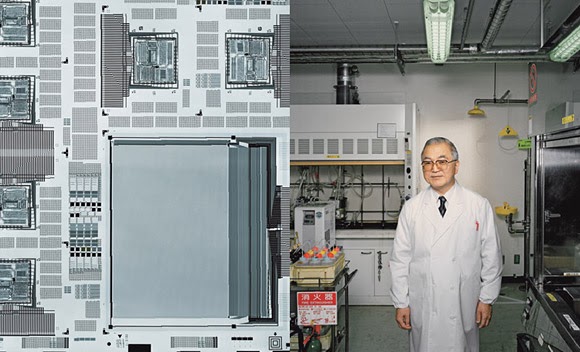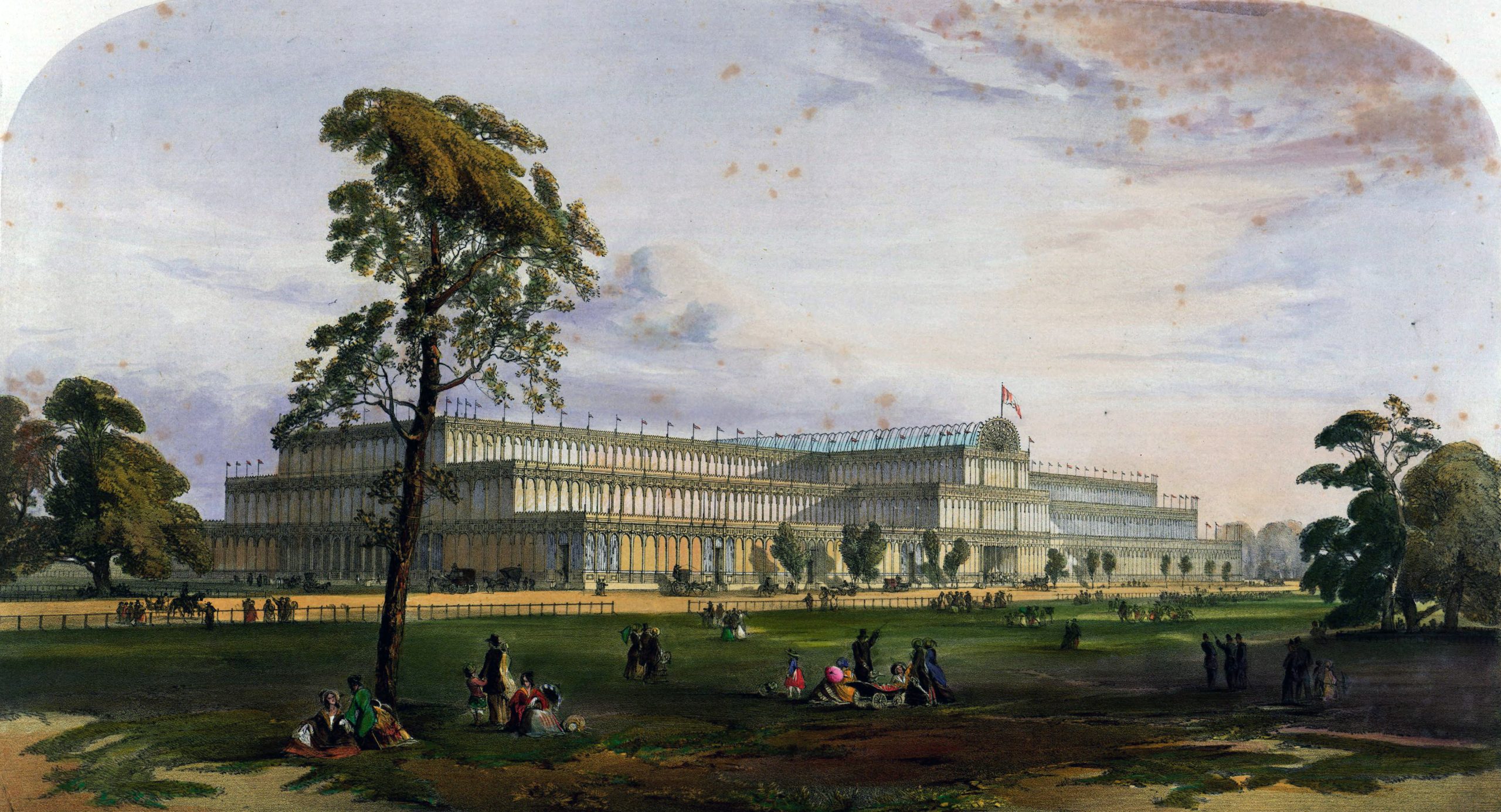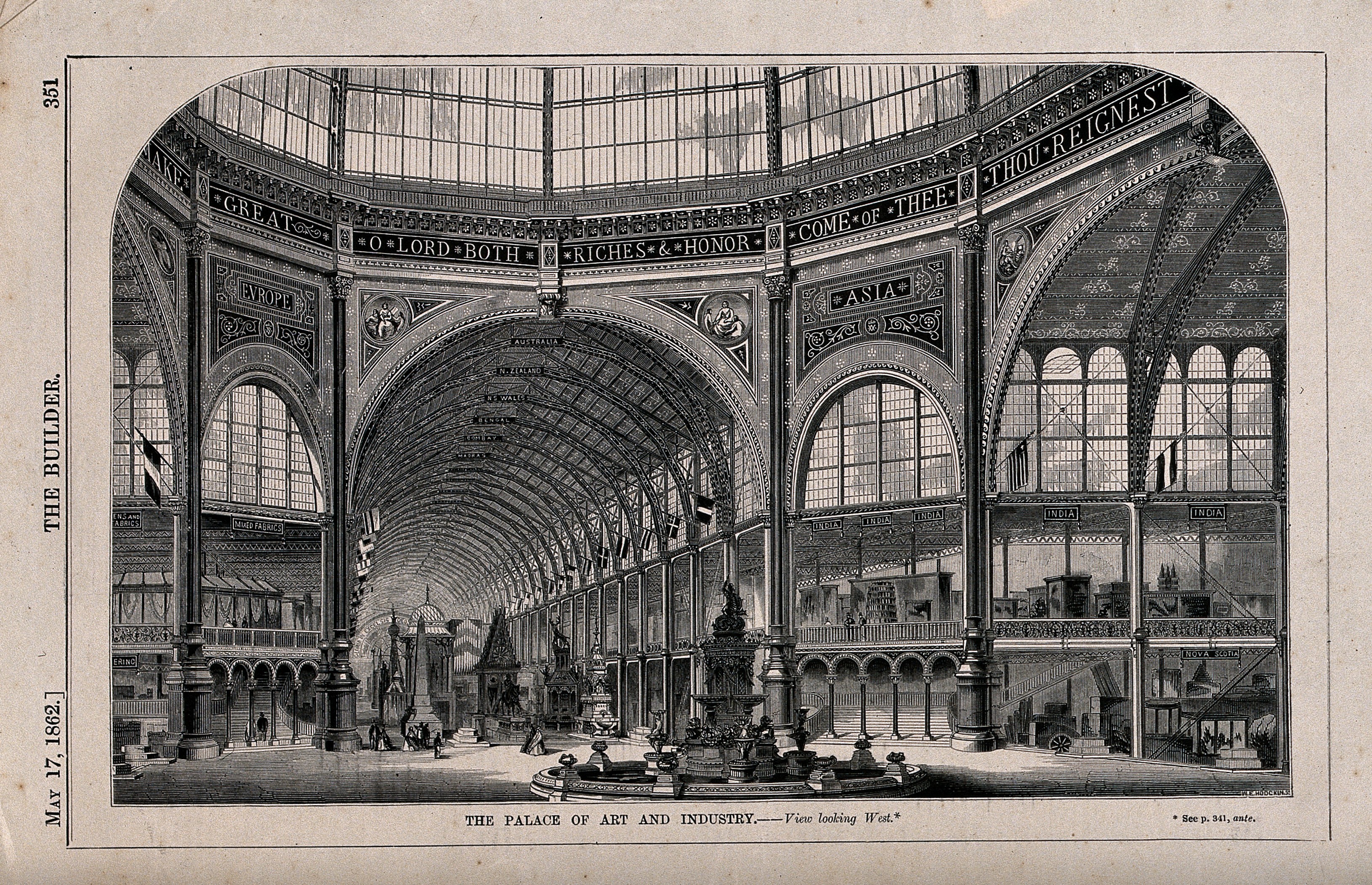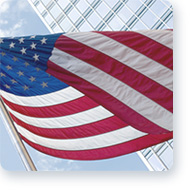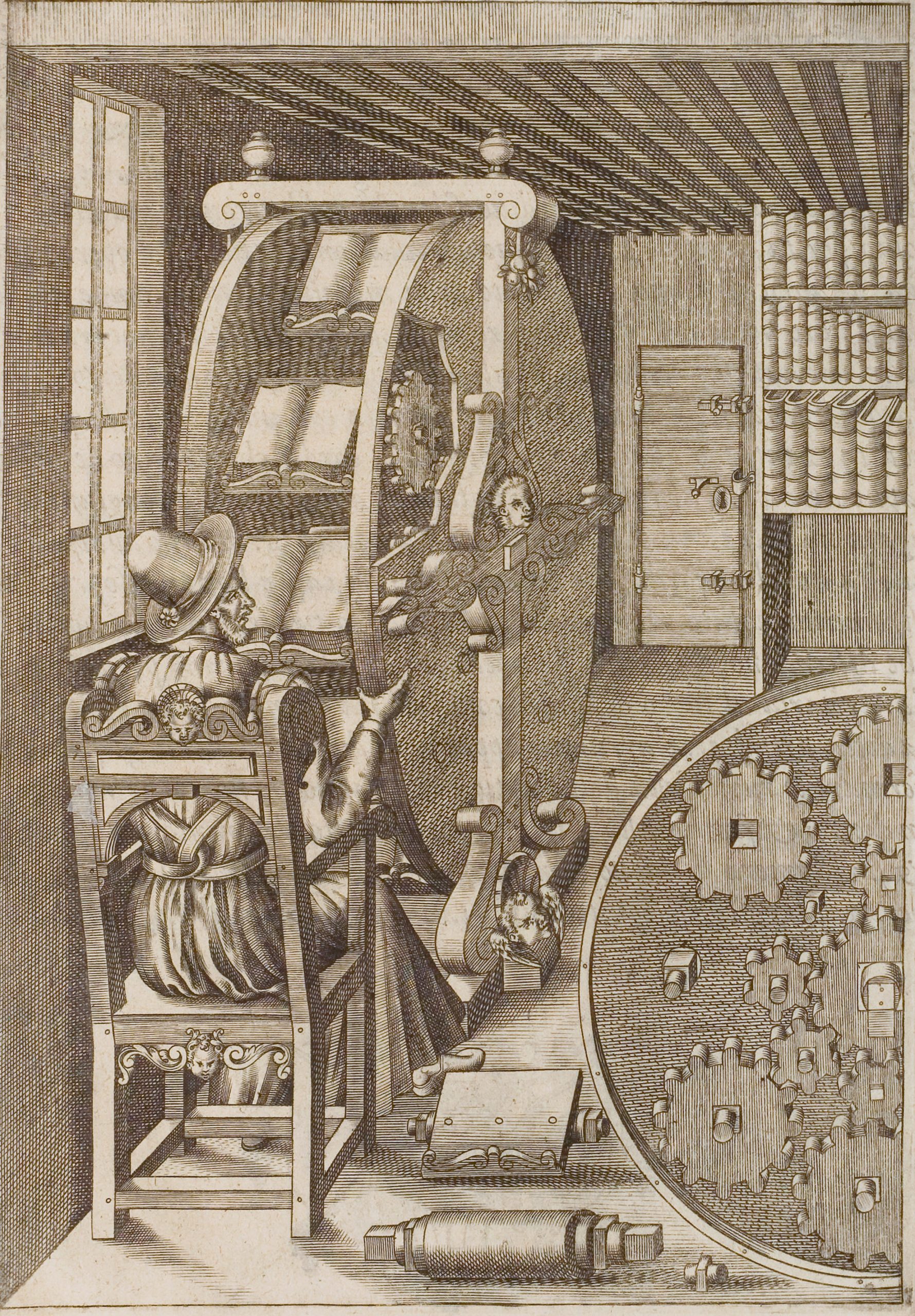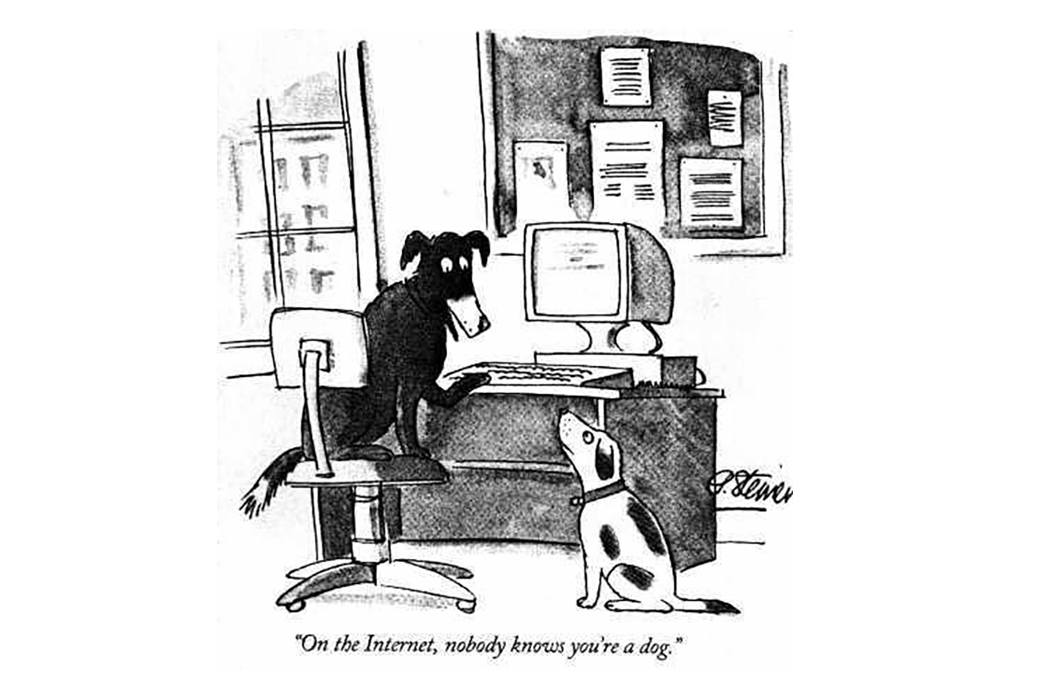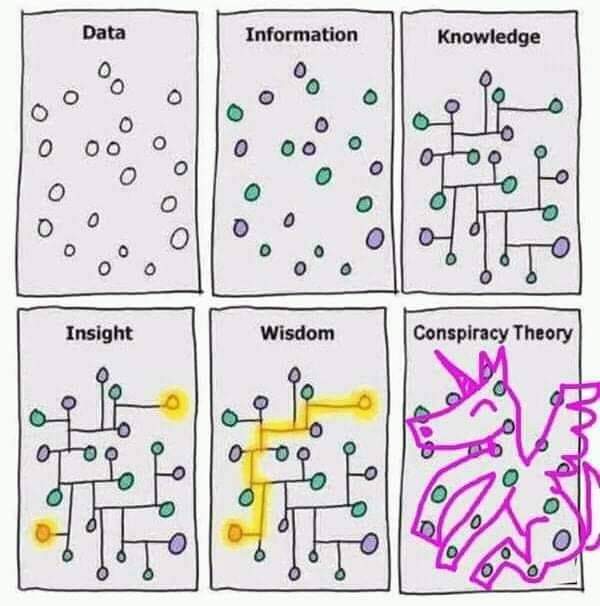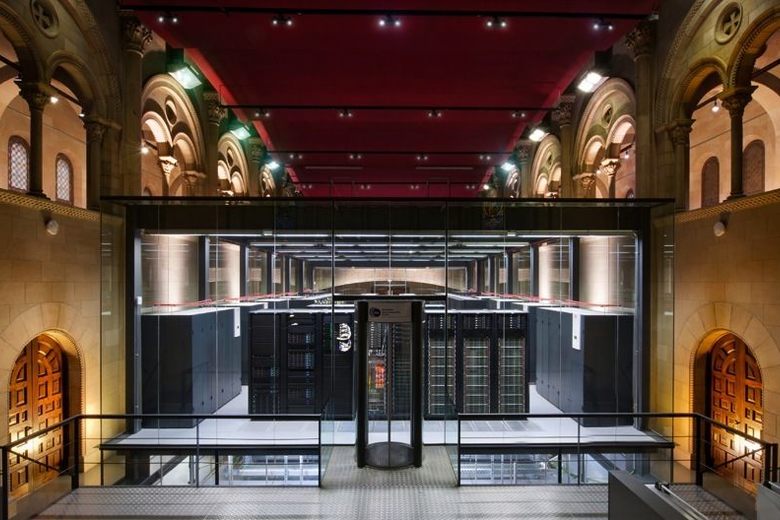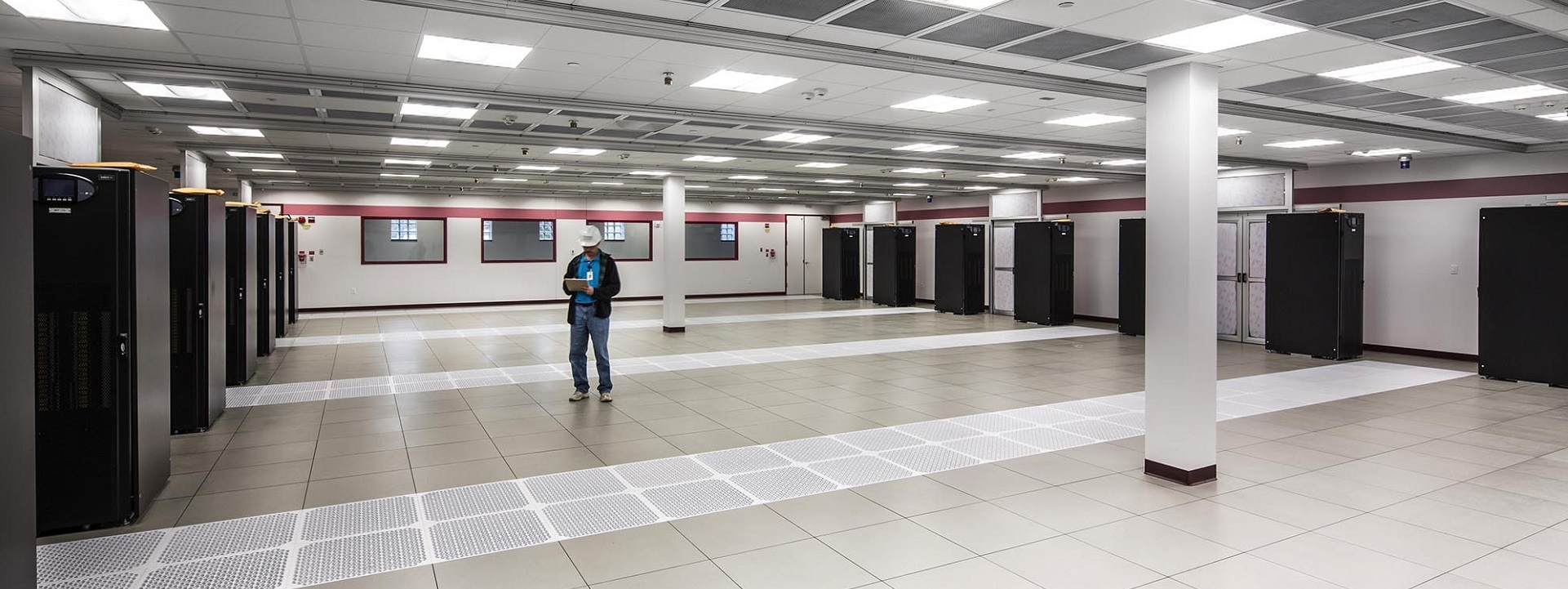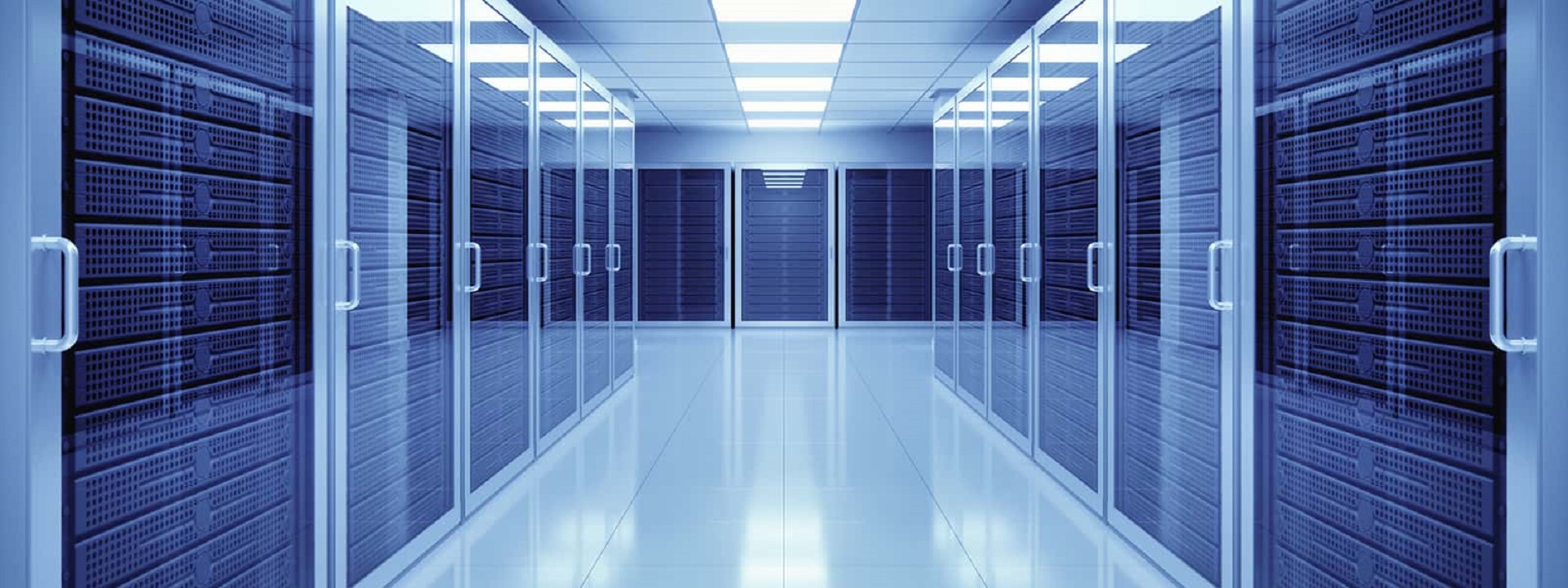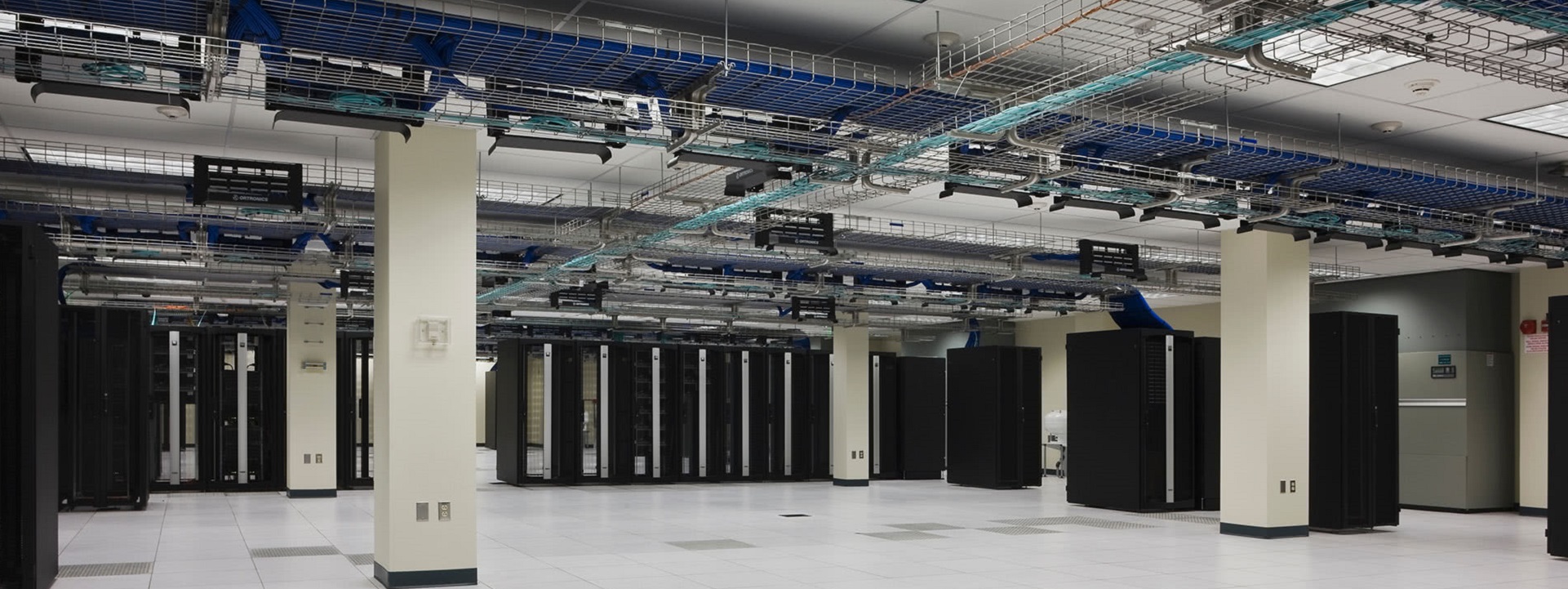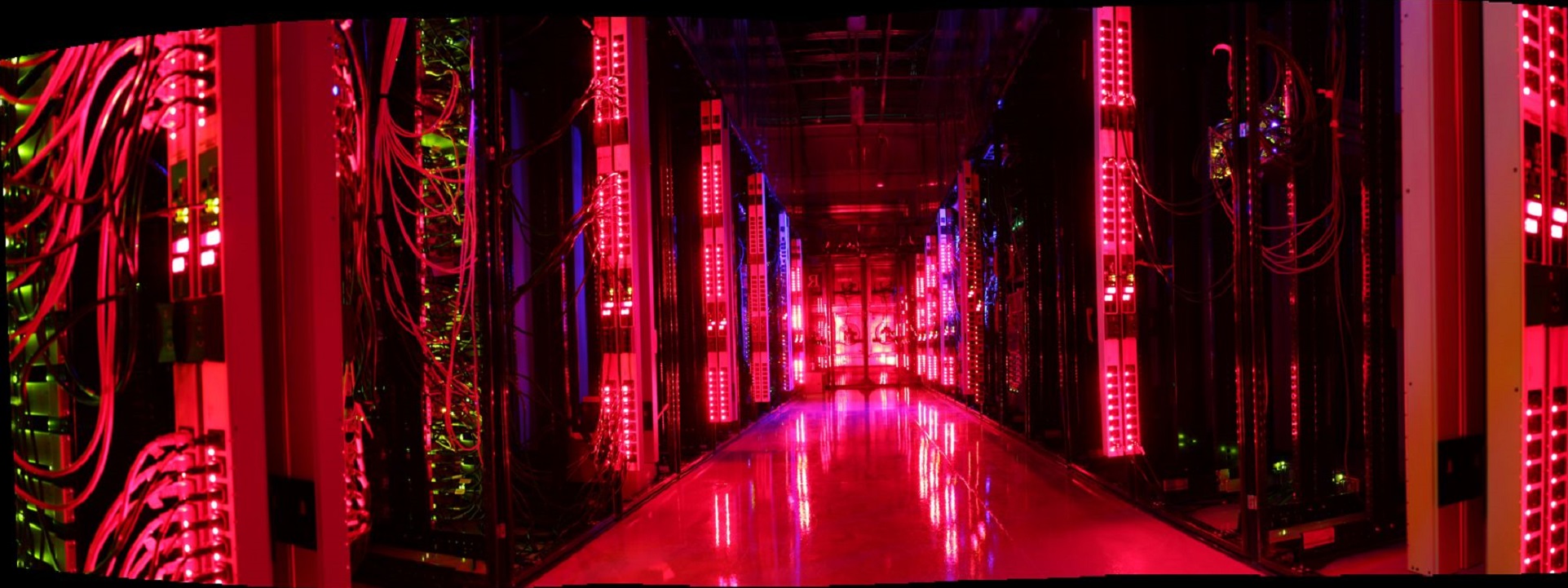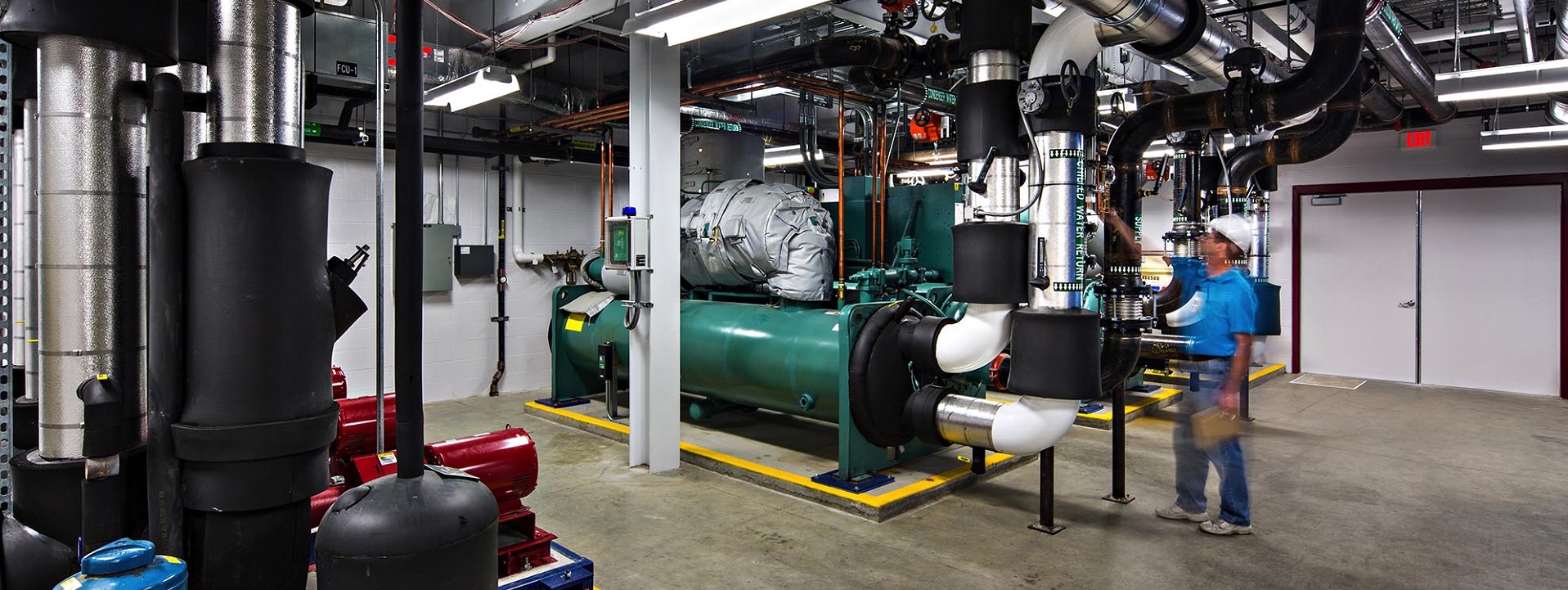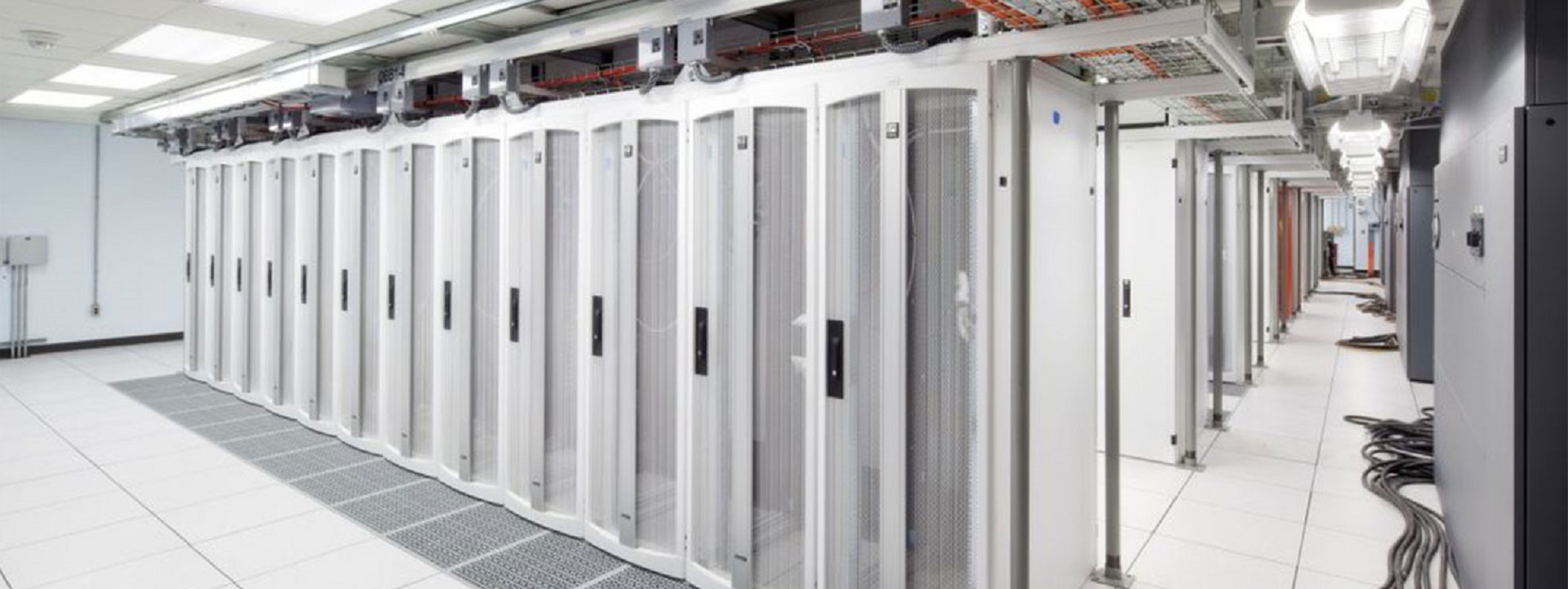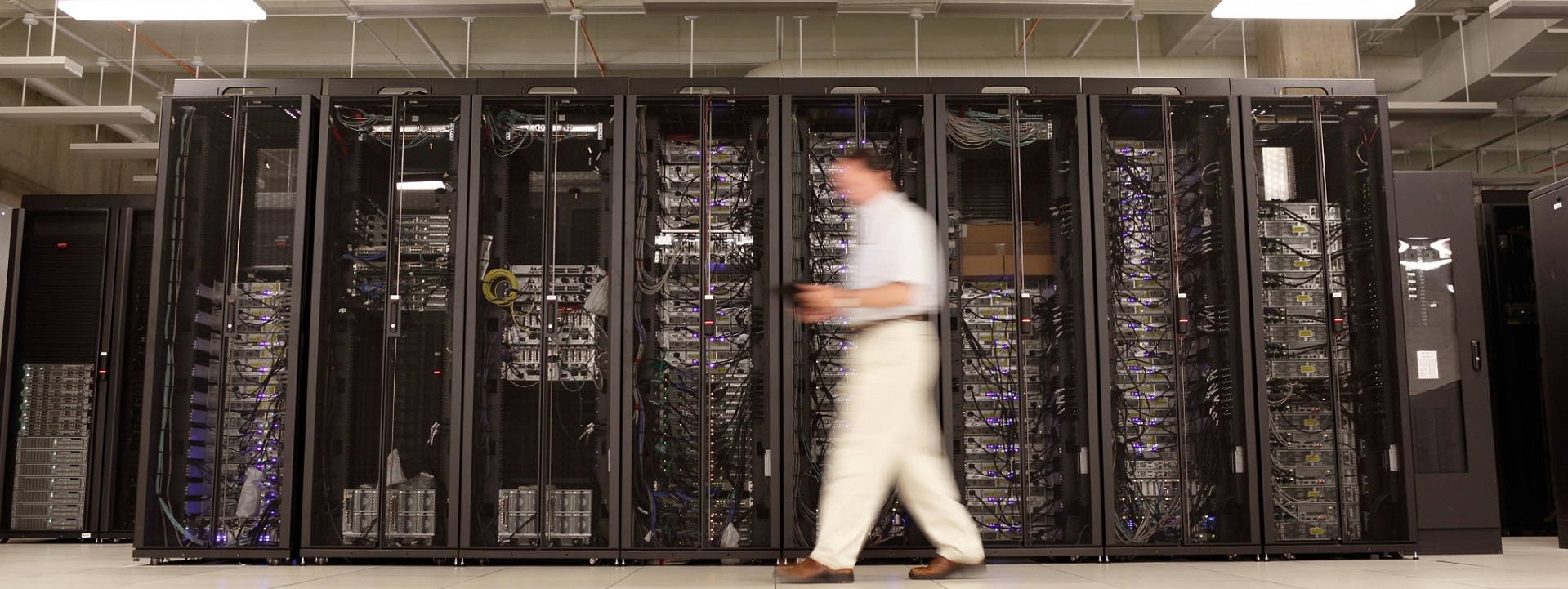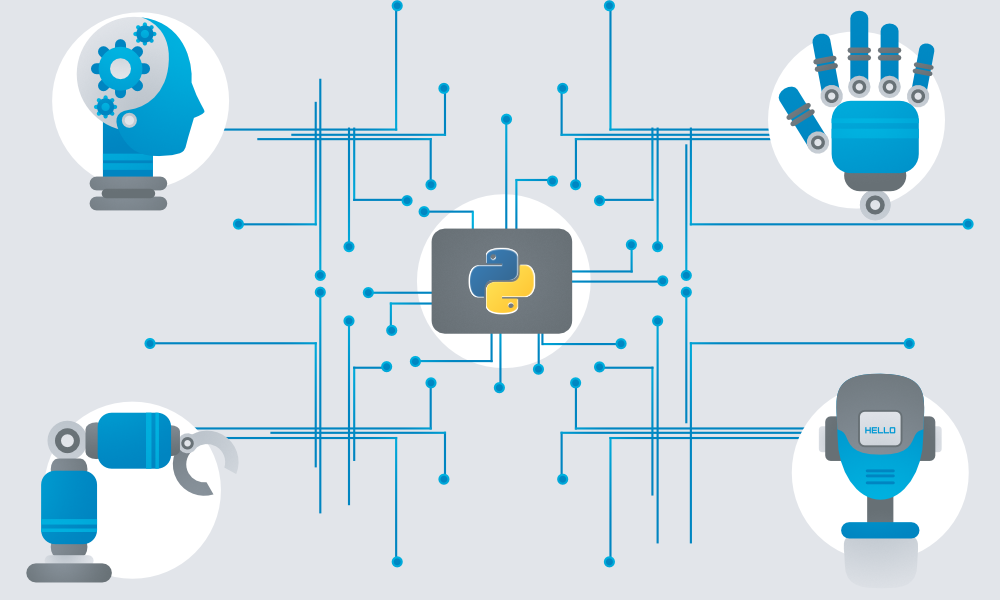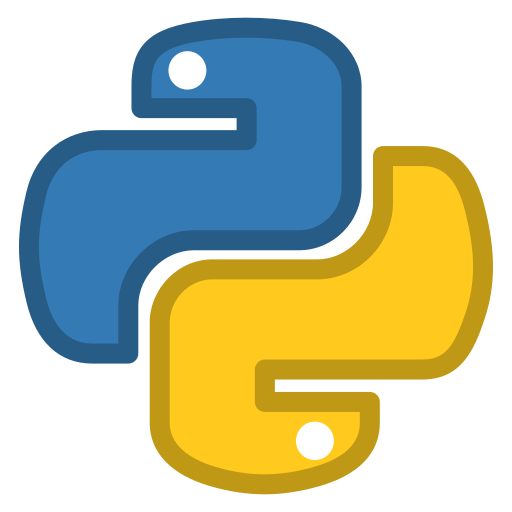#Standards helfen, Ergebnisse aus Forschungs- und Innovationsprozessen schneller zu marktfähigen Produkten und Dienstleistungen zu machen. Wie die Brücke erfolgreich geschlagen werden kann, erfahren Sie am 13. Juni live in Wien.💡🌍💫https://t.co/rupEcLC0qK #Bridgit pic.twitter.com/3vRVQjbWYq
— Austrian Standards (@ATstandards) May 20, 2019
It is impossible to overestimate the sensitivity of this topic but poke at it, we will. At the moment, the less written here; the better. Much of this domain is outside our wheelhouse; though it has settled on a few first principles regarding patents, trademarks and copyrights relevant to the user-interest we describe in our ABOUT.
Many large research universities have a watchdog guarding its intellectual property and trying to generate income from it, and; of course, for branding. We will dwell on salient characteristics of the intellectual property domain with which we reckon daily — highlighting the market actors and the standards they have agreed upon.
Additionally, technical standards developers are generally protected by copyright law, as the standards they create are typically considered original works of authorship that are subject to copyright protection. In the United States, the Copyright Act of 1976 provides copyright protection for original works of authorship, which includes technical standards. This means that the developers of technical standards have the exclusive right to reproduce, distribute, and create derivative works based on their standards, and others must obtain permission or a license to use or reproduce the standards.
Some technical standards may be subject to certain exemptions or limitations under copyright law. In the United States, there is a doctrine called “fair use” that allows for limited use of copyrighted works for purposes such as criticism, comment, news reporting, teaching, scholarship, or research, without the need for permission or a license from the copyright owner. Almost everything we do at Standards Michigan falls under the fair use doctrine. This is why we have no search feature and most pages are protected. If we err in this; let us know.
More
- Patent Act: This is the primary federal law governing patents in the United States. It sets forth the requirements for obtaining a patent, the rights of patent owners, and the remedies available for infringement.
- The Sherman Antitrust Act of 1890 and the Clayton Antitrust Act of 1914 prohibit anticompetitive behavior in the marketplace, including the use of codes and standards to exclude competition.
- Title 37 of the Code of Federal Regulations: This contains the rules and procedures related to patents, including rules governing the filing and examination of patent applications.
- America Invents Act: This is a major overhaul of the U.S. patent system that was enacted in 2011. It includes provisions such as the transition to a “first-inventor-to-file” system and the creation of new post-grant review procedures for challenging the validity of patents.
- Manual of Patent Examining Procedure: This is a guidebook for patent examiners that provides detailed information on the rules and procedures for examining patent applications.
- Everett Rogers: Diffusion of innovations
- Copyright Law of the United States (Title 17)
ASTM International Intellectual Property Policy
Healthcare Standards Institute IP Policy
International Code Council Copyright Protection
Underwriters Laboratory Patent Policy
Vad är en standard? Syftet med standarder är att skapa enhetliga och transparenta rutiner som vi kan enas kring. Det ligger ju i allas intresse att höja kvaliteten, undvika missförstånd och slippa uppfinna hjulet på nytt varje gång. https://t.co/zKhgPXPdpW pic.twitter.com/oKejdKSm47
— Svenska institutet för standarder, SIS (@svenskstandard) July 15, 2019
Innovation – Market Acceptance – Standardization – Human Right



